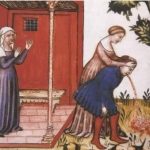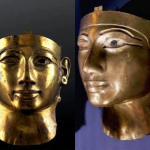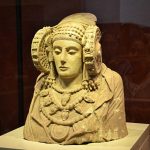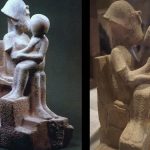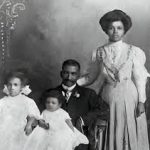The Venus of Renancourt
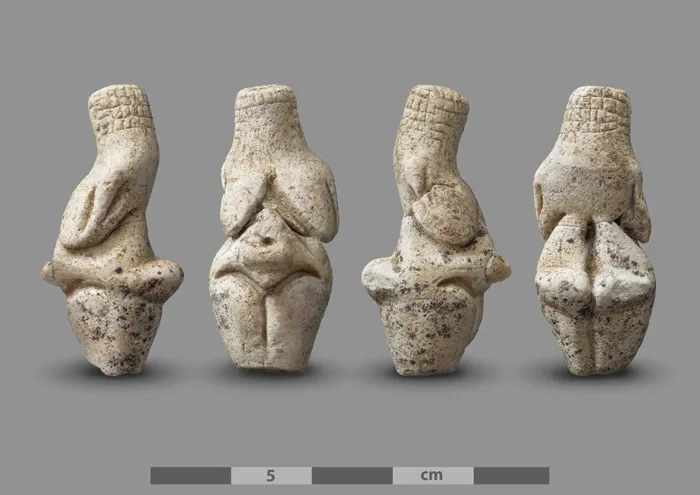
This small prehistoric figurine, carved from stone, represents a female figure with accentuated body features, particularly the breasts and hips, symbols strongly associated with fertility and motherhood.
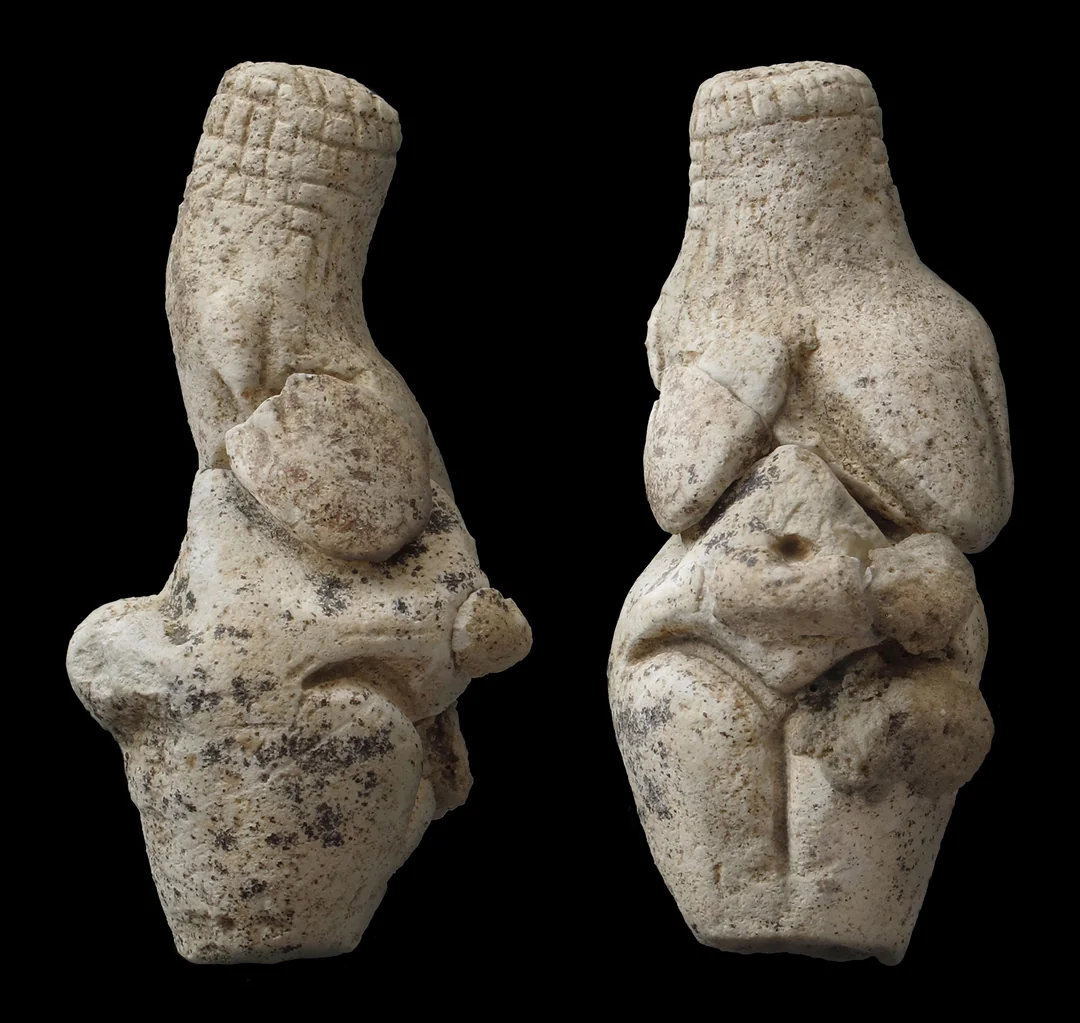
The head is only roughly formed, with no detailed facial features, while the arms are crossed over the chest.
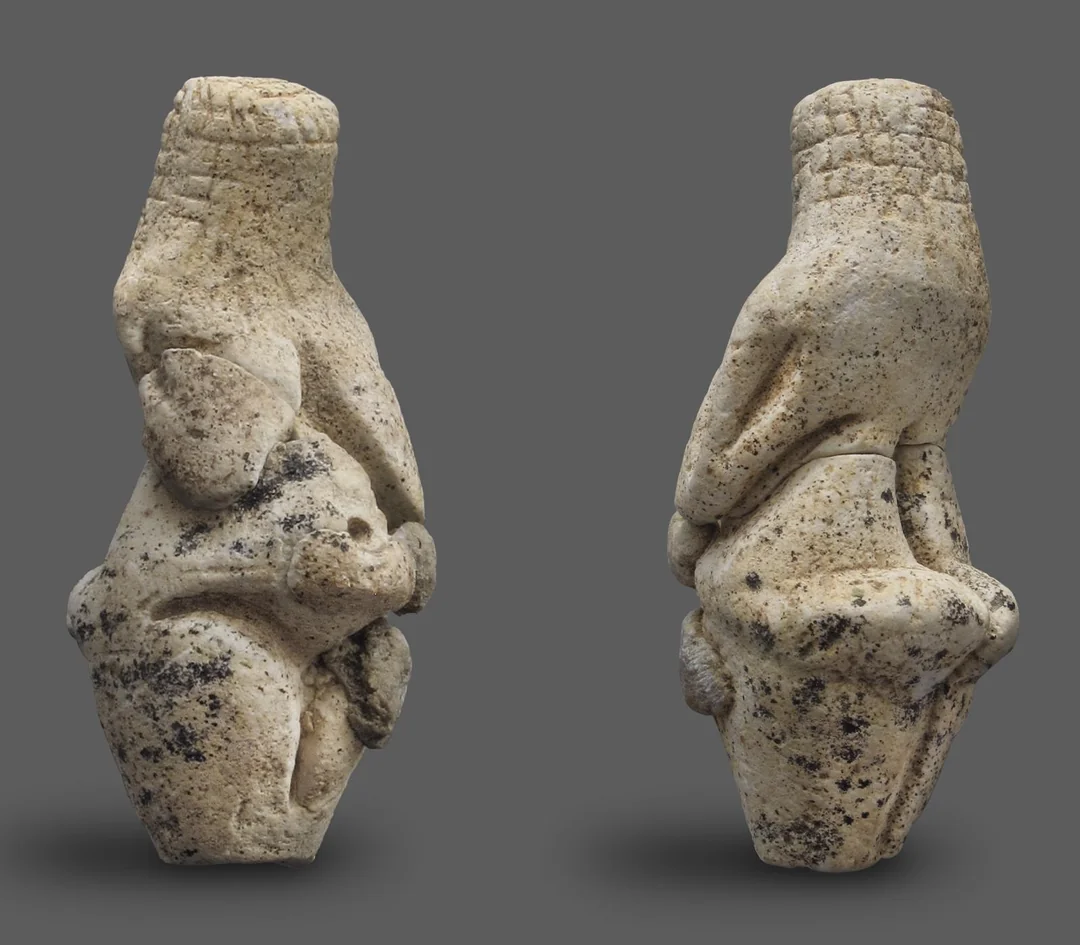
The figurine belongs to a tradition of “Venus” figures, widely found across prehistoric Europe and the Near East, dating back to the Upper Paleolithic period (around 25,000–30,000 years ago).
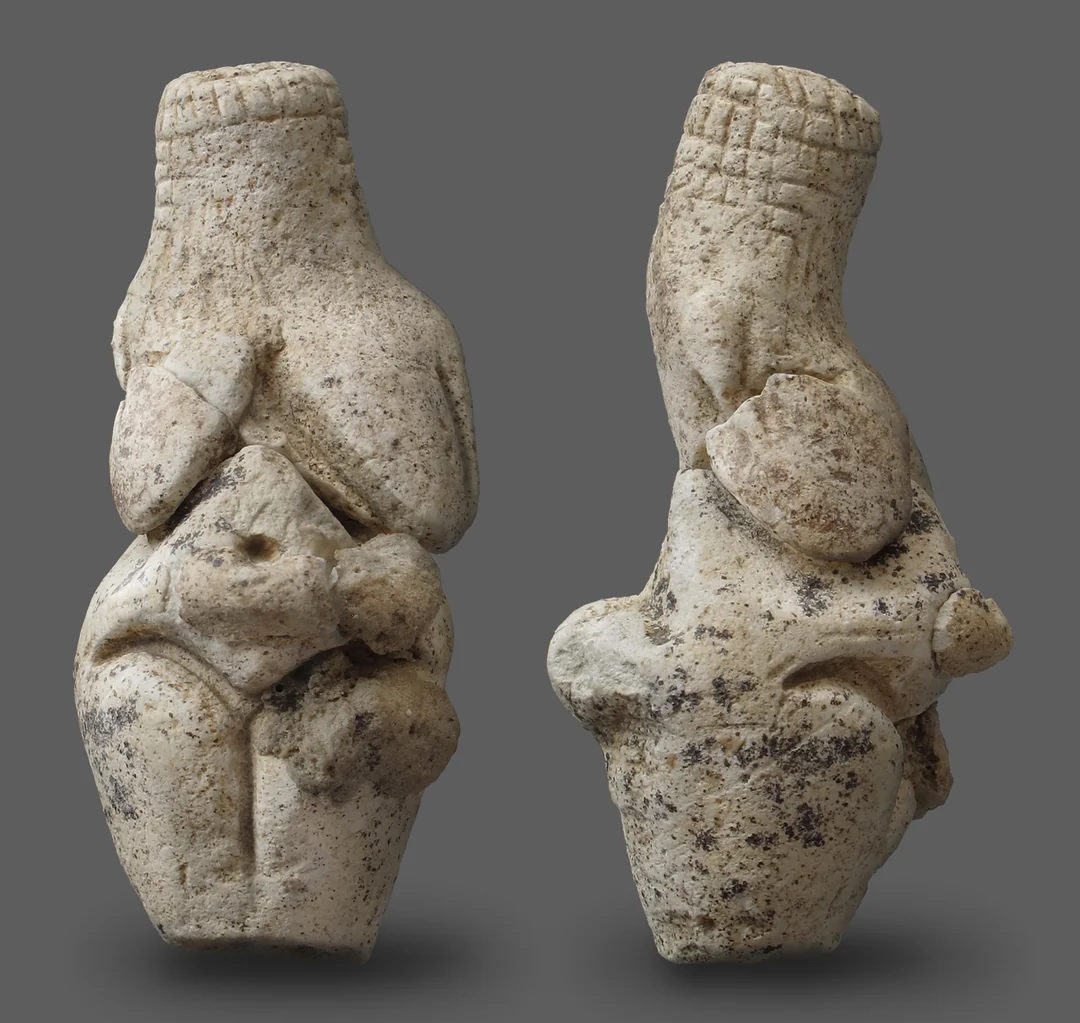
Such figures are believed to have served as fertility symbols, ritual objects, or representations of a mother goddess, reflecting early human concerns with survival, reproduction, and the cycles of life.

